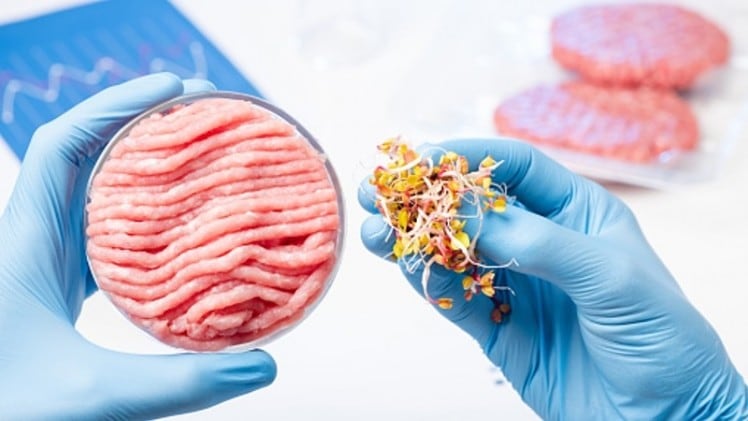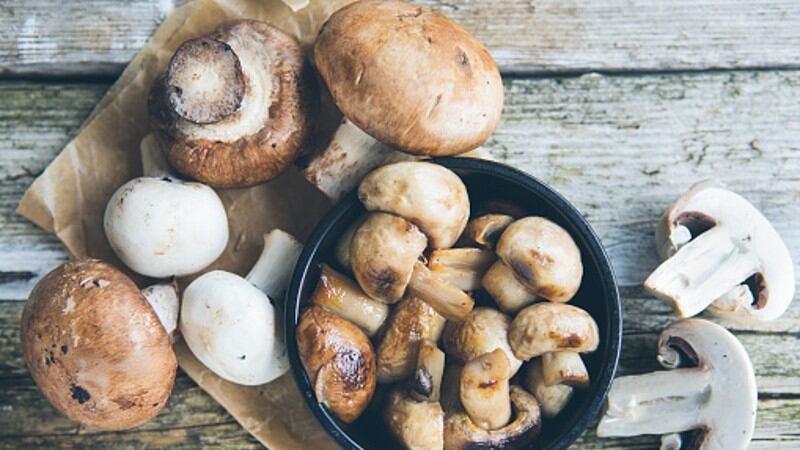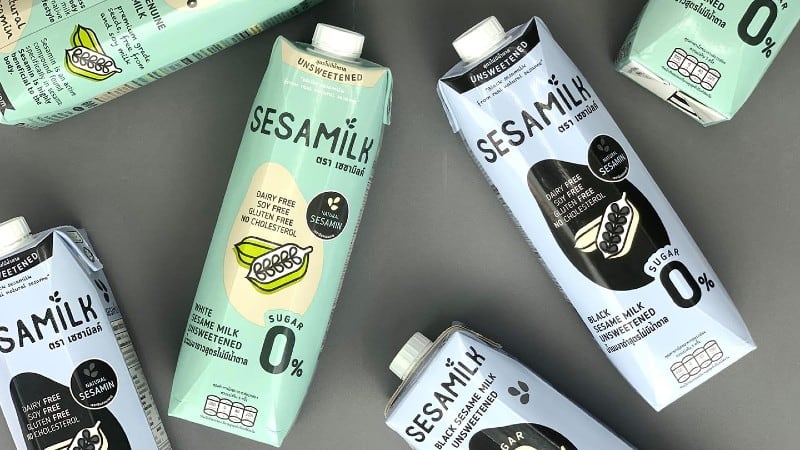The reason is that the world population will swell to a whopping 9.8bn by 2050, with the growth occurring mostly in developing nations within Africa and Asia.

“We need to manage the challenges of producing significantly more food for an expanding world population while simultaneously reducing the environmental footprint of our agricultural systems…
“Therefore, both accessibility and affordability will need to be considered if alternative proteins are to be a significant part of the solution,” shared biotechnology professor at Monash University Paul Wood and food science researcher Mahya Tavan in their co-authored paper.
The analysis titled “A review of the alternative protein industry” was recently published in the journal Current Opinion in Food Science.
It discussed the various proteins available today, such as plant-based, milk, fermented, cell-cultured, precision fermented, insect and microalgal, and their nutritional values. It also explores how such novel food products could improve the sustainability of the existing food systems.
The price should be right
According to reports, the global plant-based food market is expected to grow from USD$29.4bn in 2020 to USD$162bn by 2030.
For instance, in cellular agriculture, an expensive technology available today is the ability to grow mammalian and avian cells in large fermenters with capacities over 10,000 litres to produce meat products without the need for slaughter.
One such firm, the American alternative protein giant Eat Just, started selling cell-cultured chicken nuggets approved in Singapore in 2020.
In early June 2022, the CEO of Eat Just’s cultivated meat arm GOOD Meat, Josh Tetrick, exclusively shared with FoodNavigator-Asia.com that the company intended to multiply its output by building second plants in both Singapore and the US.
Additionally, a full-scale facility for cell-based meat could cost up to USD$450m to build. However, the initiative is believed to reduce production costs by 1,000 to 10,000-fold compared to conventionally-farmed ground beef.
For insect protein, the first EU-approved insect-based product using yellow mealworms was introduced in May 2021. But the manufacturing costs, variability of raw materials and consistency of the final product proved to be major challenges.
Accessible to many
Advocating for sustainable consumption, such as through the EAT Lancet diet, was also done to alleviate the environmental impact. However, such a move excludes large parts of the population in developing countries that are facing issues with affordability and accessibility.
“More interestingly, research has shown that even if the world’s second-largest meat-consuming nation, the US (124.1kg of meat/person/year), omitted all the animal-based products from their diets, it would only reduce the GHG emissions by 2.6% throughout the US,” the research stated.
In conclusion, the two researchers agreed that the current era is exhilarating for the field of alternative proteins, with over USD$2bn invested in companies within the past two years alone.
“For those products seeking to compete against animal-based products, the cost of goods, nutritional profile, and substantiating sustainable claims will be their major challenges. For totally new products based on insect proteins and cultured cells, consumer acceptance is also an issue.
“It is expected that the companies who best navigate these challenges will eventually dominate the market and absorb some of their smaller competitors. The need for significantly more protein to feed the expanding world population will remain the major driver for innovation in protein production, but we need to remember that almost all of this population growth will be in the developing world.
“The price of these novel products and issues with food distribution will be major challenges in developing nations,” the researchers wrote.




